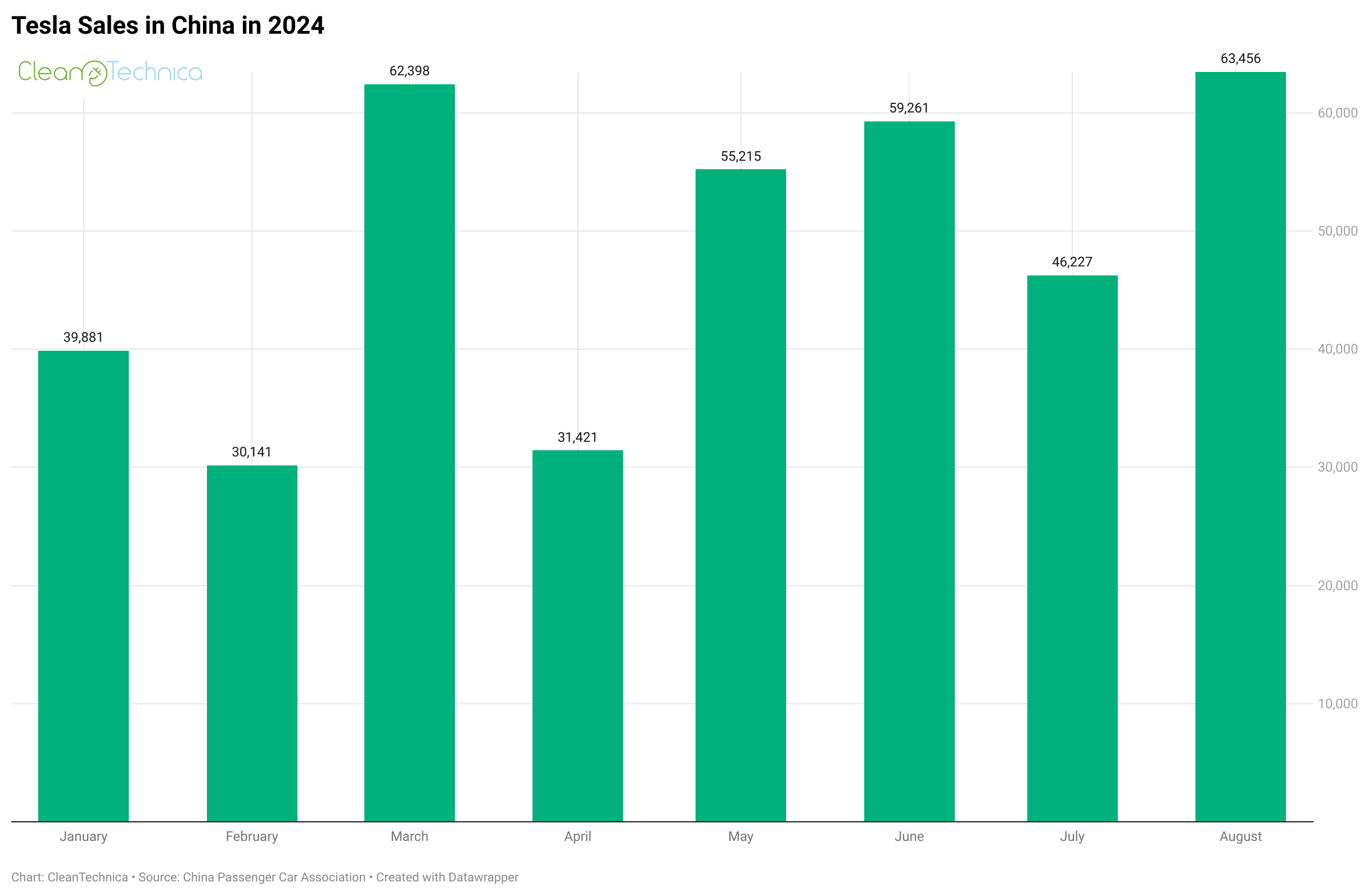Sign up for daily news updates from CleanTechnica on email. Or follow us on Google News!
The US solar industry is riding high on a banner year for new capacity in 2023, at the record-breaking pace of 32.4 gigawatts. The skyrocketing trajectory could come to a screeching halt if new county-based restrictions keep piling up. However, pressure from solar-friendly landowners could keep the momentum going, and help is coming from deep in the heart of coal country.
Some US Counties Are Hating On The US Solar Industry…
Local county governments are the key to solar industry growth in the US, stemming from their approval power over land use. They can approve or disprove individual projects on a piecemeal basis, and that’s nothing new for the US solar industry. The concern is that a growing movement to establish new county-based land use regulations will make it all but impossible to build new utility-scale solar arrays.
The all-but-impossible approach to solar industry regulation was relatively rare up until last year, when a sudden spurt in county-based blocking activity surfaced. The trend was documented by a research team affiliated with USA Today, which published the results earlier this year. They found that, for the first time, more counties were pre-blocking new clean power projects than permitting them, including wind, solar, or both.
…But 2023 Was Still A “Record-Shattering” Year For The US Solar Industry
Despite the concerning trend, the USA Today team found that only 15% of US counties were all but completely blocking wind, solar, or both in 2023.
That didn’t stop the US solar industry from breaking all kinds of records last year.
The Solar Energy Industries Association ran the numbers with an assist from the firm Wood Mackenzie, and the numbers are spectacular. Solar accounted for a staggering 53% of new electric generating capacity in 2023.
“The U.S. solar industry added a record-shattering 32.4 gigawatts (GW) of new electric generating capacity in 2023, a 37% increase from the previous record set in 2021 and a 51% increase from 2022,” SEIA elaborated in a press statement this morning.
“This marks the first time in 80 years that a renewable electricity source has accounted for over 50% of annual capacity additions,” SEIA added, referring to the heyday of hydroelectric construction following the Great Depression.
That’s just for starters. SEIA president and CEO Abigail Ross Hopper advises that total solar deployment will quadruple over the next ten years, assuming continued support from federal policy.
Manufacturers To Help US Solar Industry Chase The Clouds Away
Despite the concerns raised by the USA Today report, Hopper takes note of an important new alliance brewing in support of the US solar industry.
“The Inflation Reduction Act is supercharging solar deployment and having a material impact on our economy, helping America’s solar module manufacturing base grow 89% in 2023,” she explains.
In other words, when new projects come up for approval, solar developers are not out there on their own. The US solar manufacturing base has give rise to a whole new layer of lobbying in support of the solar industry. If some counties are reluctant to approve wind or solar arrays, they certainly are going to think twice about turning down new manufacturing jobs.
Just yesterday, for example, CleanTechnica took note of solar industry activity brewing in the state of Tennessee. Legislators in Tennessee all but banned new wind farms statewide in 2018. On the solar side, the SEIA ranks Tennessee a lowly #30 for installed solar capacity in its state-by-state ranking. One new project has been blocked by a county-based moratorium on new solar arrays, which partly explains why SEIA ranks the state down in the #28 slot for projected solar growth.
Nevertheless, Tennessee officials were all smiles last week, when the leading electronics manufacturer Shoals Technologies Group announced an $80 million expansion in the state. The company cited increasing demand from the solar industry as the force driving its growth.
 Chip in a few dollars a month to help support independent cleantech coverage that helps to accelerate the cleantech revolution!
Chip in a few dollars a month to help support independent cleantech coverage that helps to accelerate the cleantech revolution!
On Utility-Scale Solar, The Magic Word Is Agrivoltaics
CleanTechnica has also taken note of the fast-growing field of agrivoltaics, which deploys solar arrays that are designed to enable a working farm to continue working. The latest developments involve new designs that permit row crops to grow under the panels, though to date much of the activity is centered on co-locating solar arrays with livestock grazing (see lots more CleanTechnica agrivoltaics coverage here).
That dual-use potential is helping to alleviate concerns over farmland loss. The agrivoltaic movement hands the solar industry a more favorable case than the alternatives, such as paving farmland over with more fulfillment centers, corporate campuses, and housing developments.
That brings us to Wyoming, deep in the heart of coal country. The state’s wind industry began to take shape several years ago and it is poised for a breakthrough year, thanks to its prime “wind alley” resources.
Now the solar industry is taking a turn at bat. They have plenty of room for growth in Wyoming, considering that the state hits the #46 slot in SEIA’s 2024 ranking.
The latest news involves the Florida-based solar developer BrightNight. Last summer, BrightNight announced its intent to build the Dutchman project, a new 499-megawatt solar array on private land in Converse County, Wyoming. The land is owned by a sheep rancher, who evidently intends to continue raising sheep alongside the new solar array.
While that project has been winding its way through the approval process, BrightNight has been working overtime to convince landowners in Wyoming and elsewhere to host new solar developments.
“Leasing your land for the development of a renewable power project is a great way to generate an income, invest in your future, and maintain ownership of your property for future use,” the company states. “BrightNight is working with hundreds of landowners across the US. As our local partner, we work diligently to ensure you’re confident in every aspect of our collaboration. We’re committed to keeping you informed as the project moves from an idea to a commercial operation.”
BrightNight certainly does not seem shy about giving the nation’s solar laggards a kickstart. The company is also taking part in Kentucky’s blossoming solar industry, where the prospect of converting old coal mines for energy storage has begun to attract investors.
Keep an eye out for more news from BrightNight. The company secured a $375 million credit facility in January, which is a financial tool used by the solar industry to cut through red tape. Credit facilities enable borrowers to draw from an ongoing pot rather than having to apply for a series of loans.
Follow me @tinamcasey on Bluesky, Threads, Post, and LinkedIn.
Image (screenshot, cropped): The US solar industry had a banner year in 2023, despite concerns over new county-based restrictions on utility scale solar development (courtesy of BrightNight).
Have a tip for CleanTechnica? Want to advertise? Want to suggest a guest for our CleanTech Talk podcast? Contact us here.
Latest CleanTechnica TV Video
CleanTechnica uses affiliate links. See our policy here.





